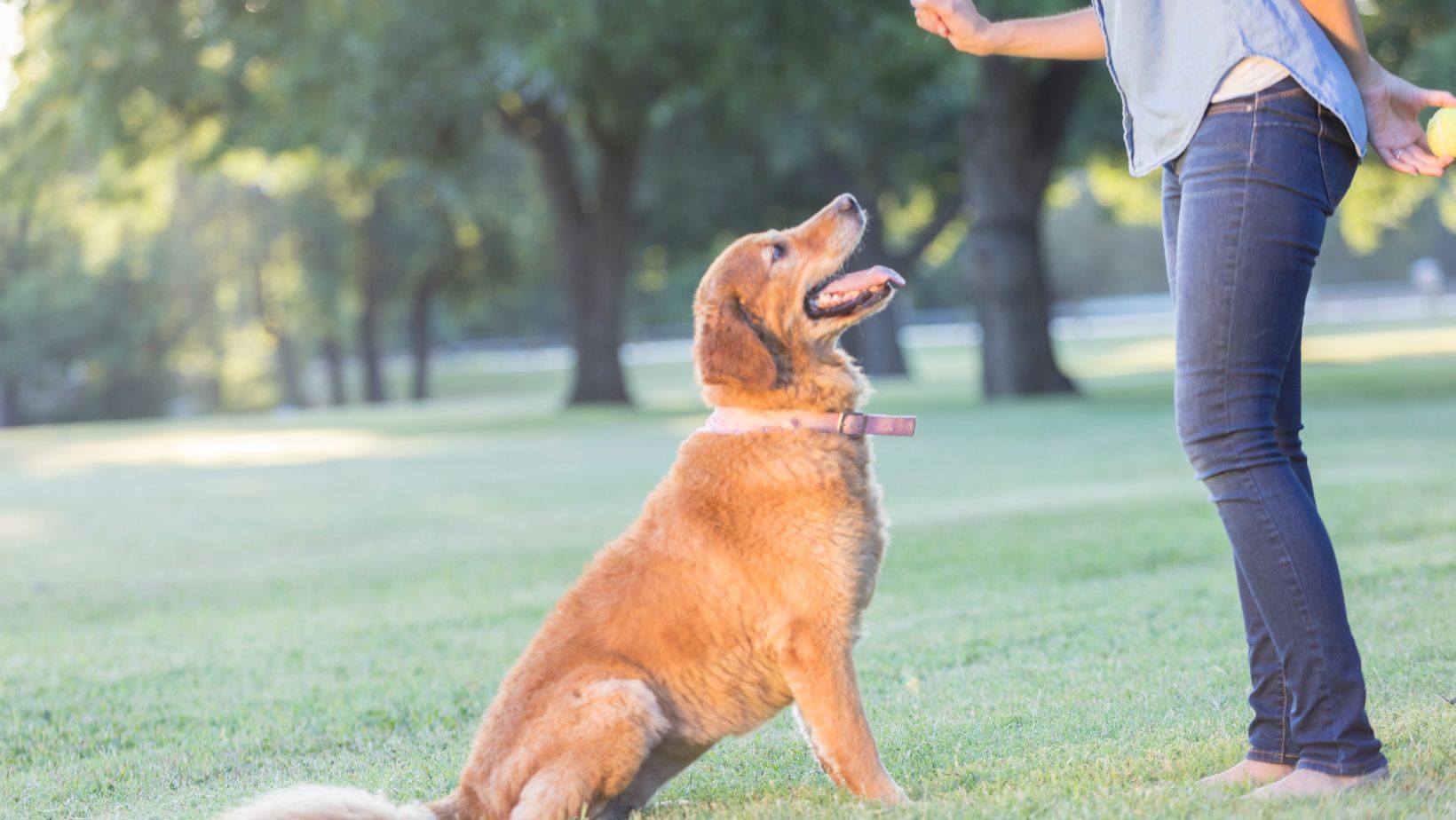Leash training is an essential skill for any dog owner. It not only ensures the safety of your furry companion but also allows for enjoyable walks and outings together. However, teaching a dog to walk calmly on a leash can be a challenging task. In this article, I’ll share some effective ways to leash train your dog and make those walks more pleasant for both of you.
One important aspect of leash training is getting your dog comfortable with wearing a collar or harness and being attached to a leash. Start by introducing these items gradually, allowing your dog to sniff and explore them before putting them on.
How To Leash Train Your Dog
Different Types of Dog Leashes
When it comes to choosing a leash for your furry friend, there are several options available. Each type of leash has its own unique features and benefits. Here are some common types of dog leashes:
- Standard Leash: This is the most basic and commonly used leash option. It usually comes in various lengths and materials, such as nylon or leather. Standard leashes provide good control and are suitable for everyday walks.
- Retractable Leash: Retractable leashes have gained popularity in recent years due to their adjustable length feature. They consist of a handle with a button that allows you to extend or retract the leash as needed. While they offer more freedom for your dog to explore, it’s important to use them responsibly and be cautious about potential hazards.
- Martingale Leash: Martingale leashes, also known as limited-slip leashes, are designed for dogs who tend to pull on the leash or slip out of traditional collars easily. They have an extra loop that tightens when your dog pulls, preventing them from escaping while providing a gentle correction.
- Harness Leash: Harnesses can be a great alternative to traditional collar-based leashes, especially for dogs with respiratory issues or neck injuries. Harnesses distribute pressure more evenly across the body, reducing strain on the neck area.
Considerations When Choosing a Leash
Choosing the right leash goes beyond just picking one randomly from the pet store shelf. Here are some factors to consider before making your decision:
- Size and Strength: The size and strength of your dog should influence your choice of leash material and design. Larger dogs may require thicker and stronger leashes made of durable materials like nylon or leather.
- Training Needs: If you’re in the process of training your dog, you might want to opt for a shorter leash to maintain better control and focus during training sessions. A longer leash, on the other hand, can be more suitable for dogs who have already mastered basic obedience commands.
- Comfort: Consider your own comfort as well. Choose a leash with a handle that feels comfortable in your hand and doesn’t strain your wrist or palm during long walks.

Conclusion
To wrap up, leash training your dog is an essential process that requires patience, consistency, and positive reinforcement. By following the steps outlined in this article, you can establish a strong foundation for a well-behaved and obedient canine companion. Let’s recap the key points:
- Start early: Begin leash training when your dog is still a puppy to instill good habits from the start.
- Choose the right equipment: Select a suitable leash and collar or harness that is comfortable for your dog and provides you with control.
- Introduce gradually: Introduce the leash in a calm and positive manner, allowing your dog to get used to wearing it before moving on to actual walking.
- Positive reinforcement: Reward your dog with treats, praise, and affection whenever they exhibit desired behaviors, such as walking calmly on the leash or following commands.
- Consistency is key: Be consistent in your training sessions by setting aside regular time each day to work on leash skills with your furry friend.
- Practice makes perfect: Gradually increase the duration and complexity of walks as your dog becomes more comfortable and responsive to commands.
Remember, every dog learns at their own pace, so be patient throughout this process. It’s important to celebrate small victories along the way rather than expecting instant results.